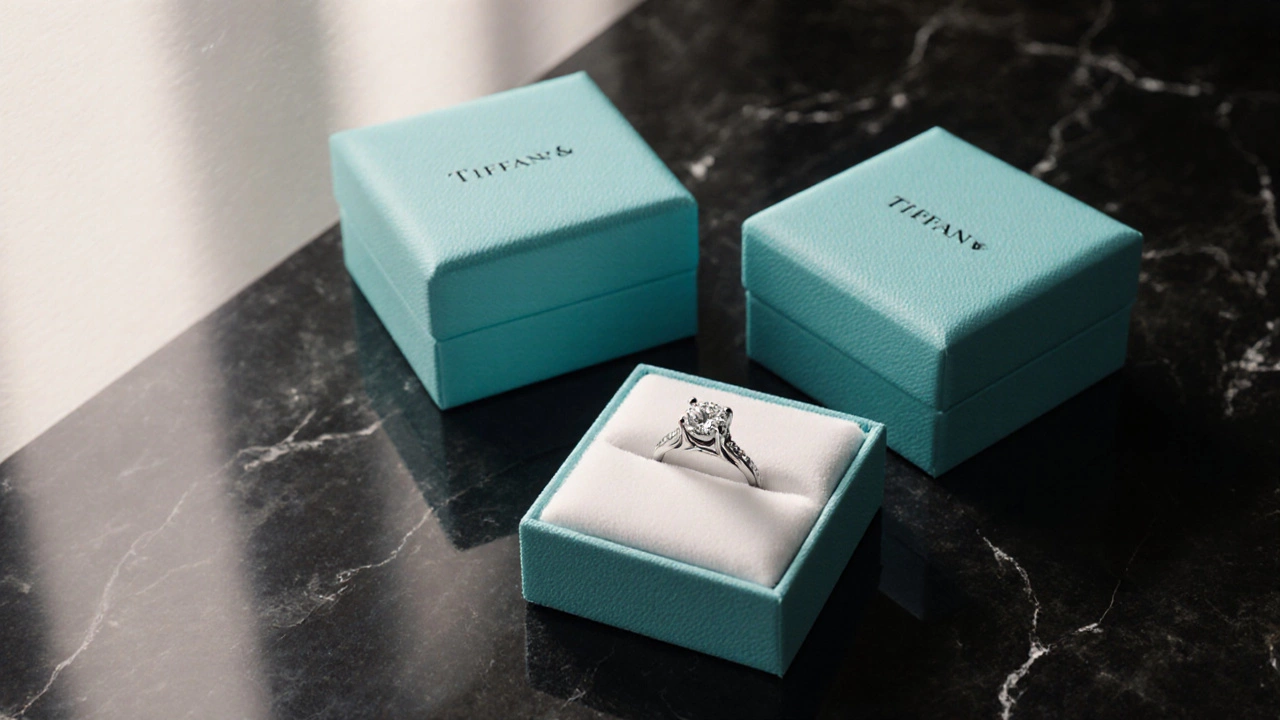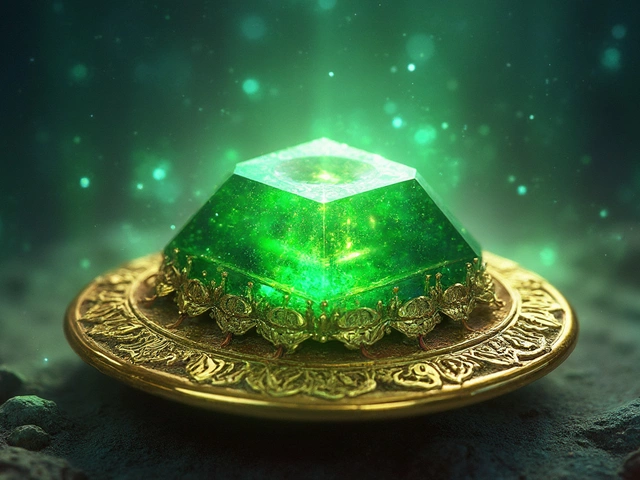Tiffany Rings Value: How Pricing Works and What to Look For
When talking about Tiffany rings value, the market price of a Tiffany & Co. ring based on its materials, design, and brand prestige. Also known as Tiffany ring price, it combines three key drivers: metal purity, gemstone quality, and the iconic brand heritage. Resale value, how much a piece can be sold for after ownership is directly linked to these drivers, while a proper hallmark, the official stamp confirming metal purity and maker’s identity can boost confidence and price. In short, Tiffany rings value encompasses material quality, design rarity, and brand reputation, and it requires a solid appraisal to understand each component.
Key Factors That Shape the Value of Your Tiffany Ring
The first thing to check is the gold purity, measured in karats such as 18K (750) or 14K (585). Higher karat gold not only looks richer but also adds to the baseline price. Next, examine the diamonds or colored stones: cut, clarity, carat weight, and color grade all stack up to define the gemstone’s market worth. Finally, the design itself matters—limited‑edition collections, vintage silhouettes, or signature Tiffany settings often fetch premium prices on the secondary market. Together, these elements create a semantic triple: Tiffany rings value requires gold purity, includes gemstone quality, and is enhanced by brand heritage. Understanding each piece helps you gauge whether a ring is a solid investment or simply a beautiful accessory.
Below you’ll find articles that break these topics down further—how to read hallmarks, tips for spotting high‑purity gold, and what influences resale value in today’s market. Use them as a checklist before you buy, sell, or simply admire your Tiffany piece.
Do Tiffany Rings Hold Their Value? A Complete Guide
Explore whether Tiffany rings retain value, key factors influencing resale, and tips for buying and selling high‑end Tiffany jewelry.





